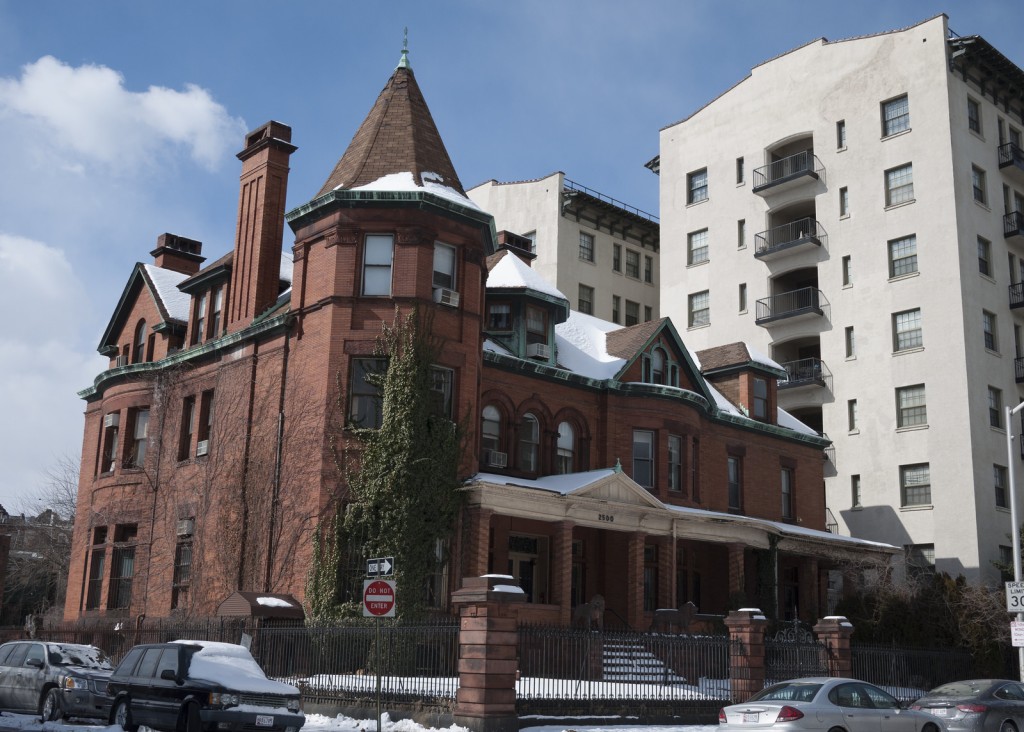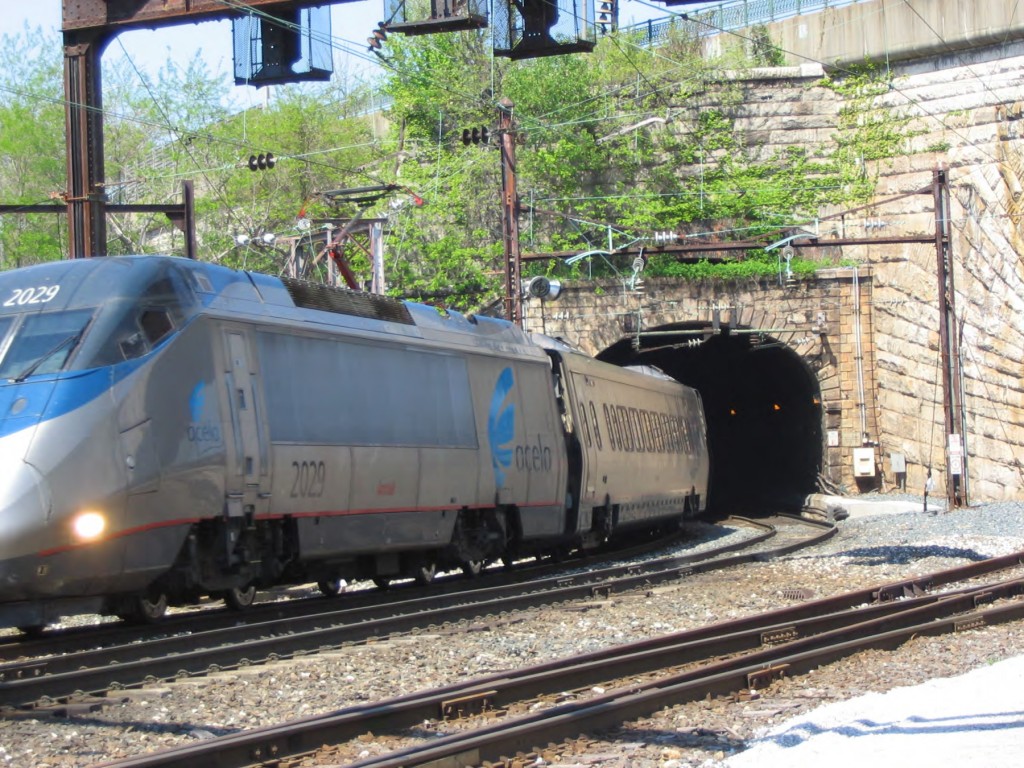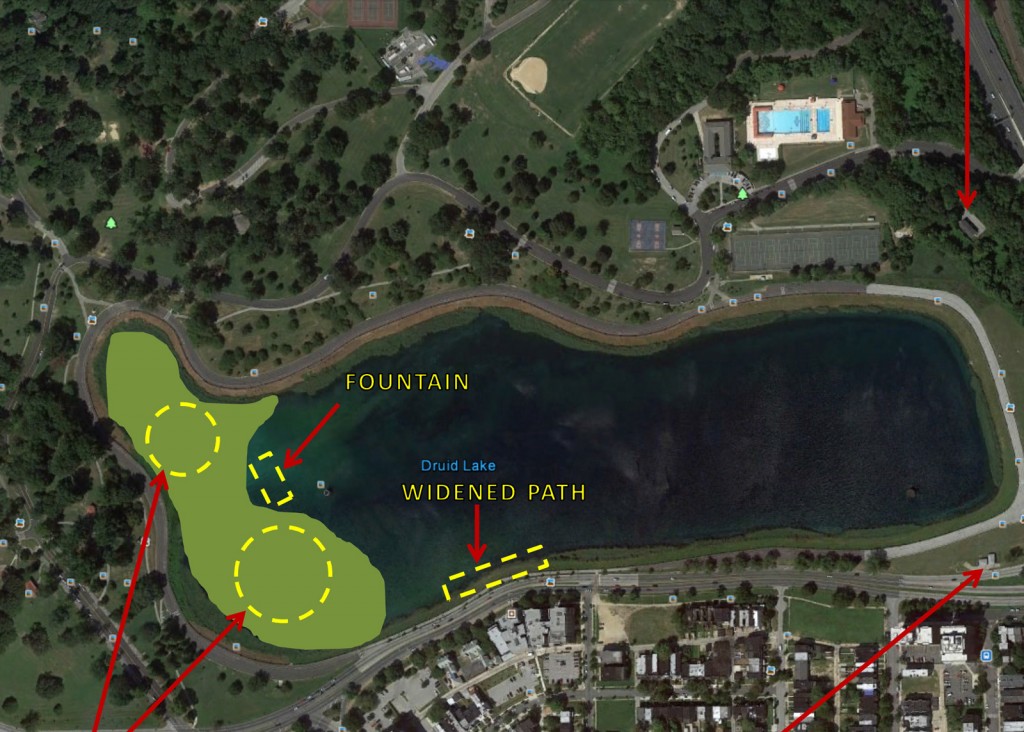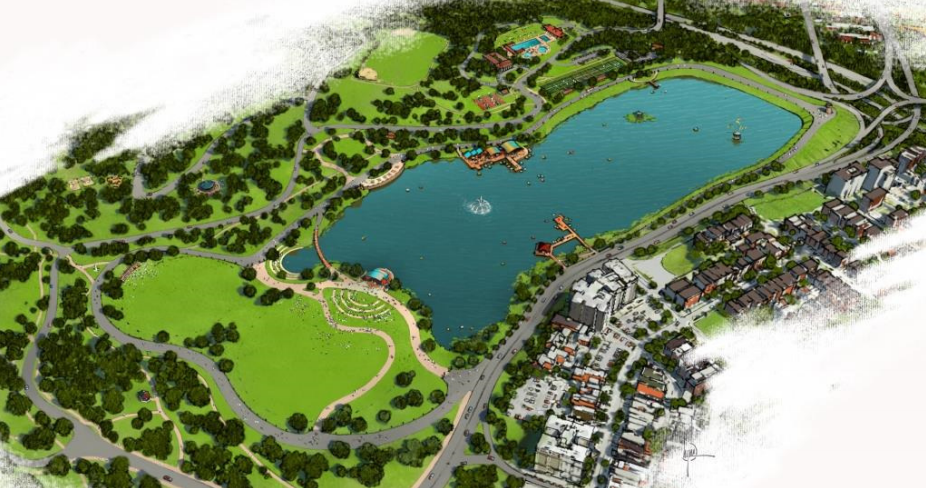Three significant historic buildings are up for auction next month as part of the new One House at a Time Select Auction—the Sellers Mansion at Lafayette Square, the Emerson Mansion in Reservoir Hill and the former Odell’s Restaurant on North Avenue. In contrast to the rowhouses usually listed in One House at a Time’s bi-monthly property auctions, these buildings are much larger and better suited to a multifamily, mixed-use, or commercial use. Minimum bids for all three buildings are set at $10,000. The application asks interested bidders to explain their experience with the rehabilitation of vacant multifamily, mixed use, or commercial properties, show their ability to finance the development, and be in good standing as a property owner in Baltimore. To avoid the continued neglect, buyers are also expected to abate the vacant building notice within one year after settlement.
Learn more about these buildings and help us spread the word to help make sure that these properties are developed and preserved.
Sellers Mansion – 801 N. Arlington Avenue
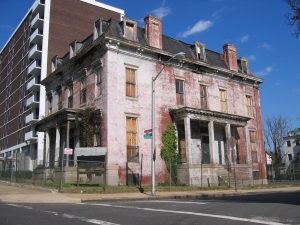
Built in 1868, the Sellers Mansion (801 North Arlington Street) is a three-story Second Empire brick house with a mansard roof that rivaled its outer suburban contemporaries in size, quality of craftsmanship, and attention to detail.
Learn more from A.J. Billing & Co. Auctioneers.
Captain Isaac Emerson Mansion – 2500 Eutaw Place
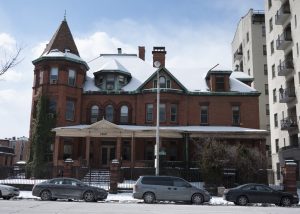
The grand Emerson Mansion was built in 1895 by Captain Isaac Edward Emerson at 2500 Eutaw Place. Over the past twenty years, the condition of the building has deteriorated from bad to worse as broken windows have left the interior open to the weather and copper architectural elements have been stolen.
Learn more from A.J. Billing & Co. Auctioneers.
Former Odell’s Restaurant and Bar – 21 E. North Avenue

Odell Brock opened Odell’s Restaurant and Bar at this former automobile showroom on North Avenue in 1976. Brock passed away in 1985 but the club continued to operate until it closed in 1992. According to the Sun, Odell’s was “revered by some as the heart of house and dance music in Baltimore in the 80s.”
Learn more from A.J. Billing & Co. Auctioneers.

